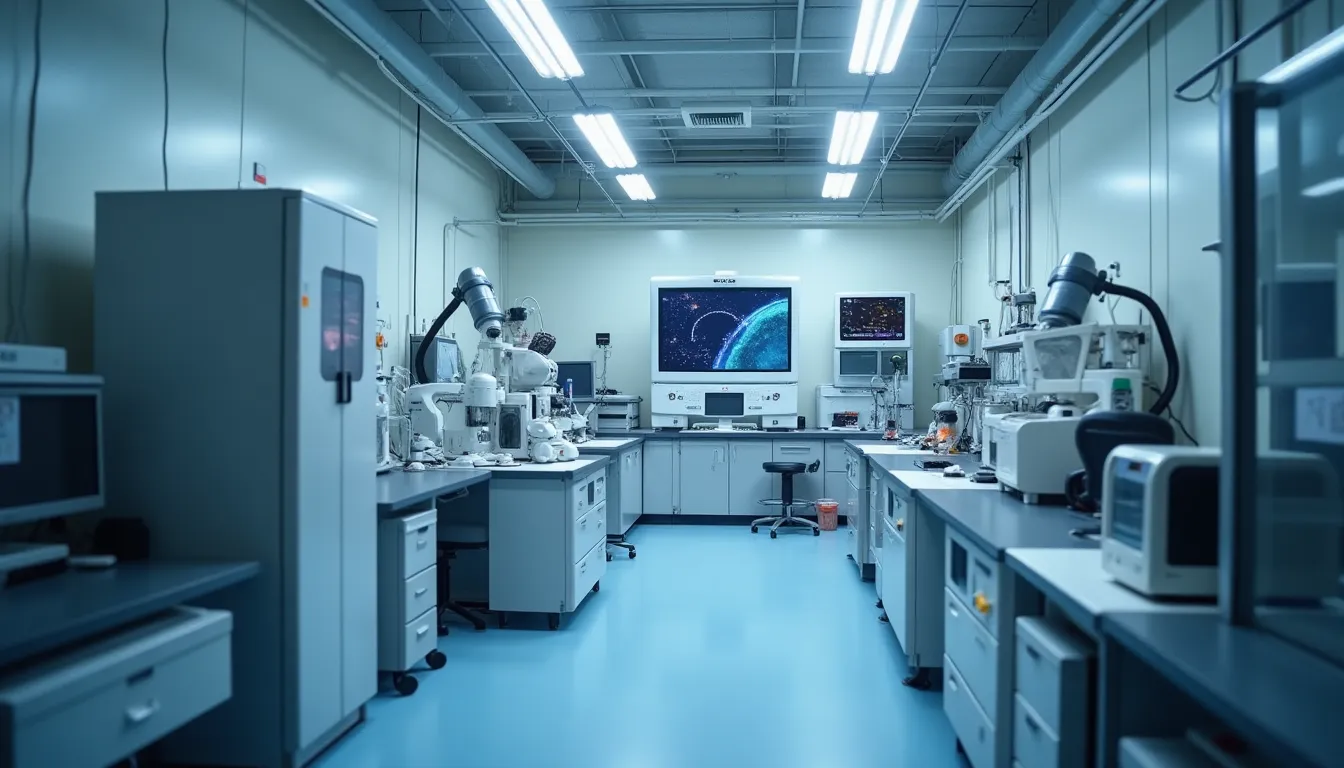The increasing accumulation of space debris presents a significant challenge to sustainable space operations. Recent advancements in debris removal technologies, combined with a global push for regulatory frameworks, signal a proactive approach to mitigating this growing threat. As the number of satellites and other objects in Earth’s orbit rises, so does the urgency for effective solutions to manage and remove space debris.
Astroscale’s Multi-Object Debris Removal System
Japanese aerospace company Astroscale has made significant strides in this arena with the development of its patented multi-object debris removal system. Granted U.S. Patent No. 12,234,043 B2 in July 2025, this innovative system is designed to remove multiple large, unprepared debris objects in a single mission, addressing traditional limitations of active debris removal (ADR).
The core of Astroscale’s solution involves a reusable servicer that can dock with various debris types, such as defunct satellites or rocket bodies, and transfer them to a reentry shepherd vehicle. This vehicle manages the controlled reentry of debris into the Earth’s atmosphere, thus minimizing risks to populated areas below. This method not only enhances mission efficiency by allowing for scalable and repeatable operations but also reduces operational costs associated with debris removal missions.
Astroscale’s upcoming ELSA-M mission, scheduled for launch in 2026, will test this technology by demonstrating the removal of several inactive satellites. The patent’s emphasis on targeting larger, legacy satellites not originally designed for servicing could revolutionize the industry by providing a systematic way to address the growing debris problem without the need for extensive modifications to existing objects in orbit.
Japan’s Initiative for International Regulatory Frameworks
In response to the escalating issue of space debris, Japan is spearheading efforts to establish international rules governing debris removal. Collaborating with experts and stakeholders, Japan aims to develop a framework of best practices that encompass object identification, safe disposal technologies, and cooperative initiatives among space-faring nations.
These proposed regulations will be presented at the United Nations Committee on the Peaceful Uses of Outer Space (COPUOS) in 2026, with the goal of making debris mitigation mandatory for all space actors, including private companies. This initiative aligns with Japan’s previous technology demonstrations, such as the Japan Aerospace Exploration Agency’s (JAXA) Kounotori mission, which successfully utilized an electrodynamic tether for debris management.
Key design recommendations include integrating deorbit mechanisms into satellite designs, such as sails or tethers, which can facilitate a safer end-of-life disposal process. By encouraging these practices, Japan is positioning itself as a leader in international space governance and responsibility.
Global Context: International Efforts in Debris Removal
Japan is not alone in its quest to mitigate space debris. The European Space Agency (ESA) is preparing for its ClearSpace-1 mission, slated for 2026, which aims to capture a large fragment of a Vega rocket using a robotic arm. This mission represents a significant step toward practical debris removal techniques and the development of technologies that could apply to a wide range of debris types.
Meanwhile, China is exploring advanced approaches, including the use of robotic arms for debris capture and laser systems designed to deflect smaller debris fragments. The United States is also enhancing its debris management capabilities by investigating infrasound sensors that improve tracking and trajectory prediction of debris, thus increasing the safety of space operations.
The Rising Threat of Space Debris
Despite ongoing mitigation efforts, the ESA’s 2025 Space Environment Report indicates that the population of space debris continues to grow, primarily due to fragmentation events that outpace the natural reentry of debris. This increase heightens the risk of Kessler syndrome, a scenario in which cascading collisions could render key orbits unusable, jeopardizing future human spaceflight and missions to the Moon and beyond.
The consensus among industry experts is that active debris cleanup is essential for the sustainability of outer space activities. With the rise of cislunar space operations, managing debris in this region has become particularly critical. Stricter global standards are being advocated, including a proposed five-year limit for vacating busy orbits after mission conclusion, which could significantly reduce the potential for future debris generation.
Conclusion
As the aerospace and defense industry grapples with the escalating issue of space debris, innovative technologies and collaborative international initiatives are paving the way for effective solutions. Companies like Astroscale are leading the charge with their multi-object debris removal systems, while nations like Japan are working to create a robust regulatory framework that promotes sustainable practices in space operations.
The future of space exploration and utilization hinges on our ability to manage existing debris effectively while designing new technologies that prevent further accumulation. With continued investment in advanced solutions such as precision accelerometers and high-performance CMOS imaging systems, the industry is poised to tackle the challenges of space debris removal head-on, ensuring the safety and sustainability of our orbital environment for generations to come.
References
-
Japan launches international rules for space debris removal (www.innovationnewsnetwork.com) - 8/6/2025 Japan will work with experts to develop frameworks for space debris removal, such as rocket fragments and defunct satellites.
-
Japan seeks to create int’l rules on space debris removal (news.satnews.com) - 8/6/2025 Japan will seek to establish international rules for the removal of human-made objects in space that could pose collision risks to satellites …
-
Astroscale receives patent for space debris removal system (www.aerospacetestinginternational.com) - 8/1/2025 Japanese company Astroscale has received a US Patent No. 12,234,043 B2 for its method and system for multi-object space debris removal.
-
Astroscale’s New Patent Transforms Space Debris Removal (www.astroscale.com) - 7/29/2025 29, 2025 –As low Earth orbit becomes increasingly congested with aging satellites and fragmented debris, and new satellites are launched at an …
-
ESA Space Environment Report 2025 (www.esa.int) - 4/1/2025 The amount of space debris in orbit continues to rise quickly. About 40 000 objects are now tracked by space surveillance networks, of which about 11 000 are …



